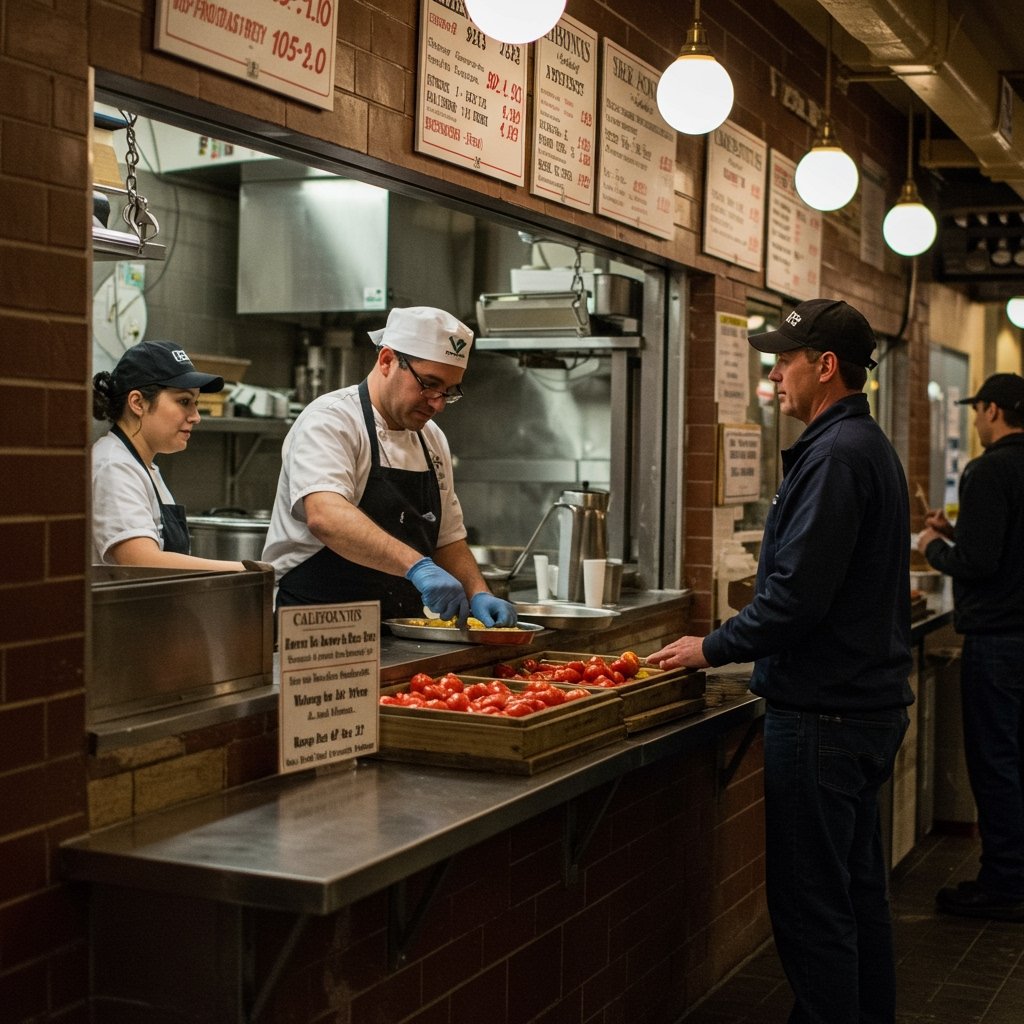California’s Assembly Bill 123: A Deep Dive into the Controversial Farm Labor Proposal
California Assembly Bill 123, a piece of legislation poised to significantly reshape the agricultural labor landscape in the state, has ignited a fervent debate across the farming sector and the broader food industry, particularly within the restaurant community. The proposed bill aims to enact substantial changes, specifically targeting the welfare of agricultural workers through provisions designed to increase wages and elevate housing standards. While proponents champion the measure as an indispensable step towards ensuring fair treatment and improved living conditions for the state’s vital farmworker population, a chorus of concern is rising from industries anticipating significant financial ramifications.
The core objective of Assembly Bill 123, as presented by its advocates, is deeply rooted in social equity. Supporters argue that farmworkers, who often toil in challenging conditions to bring food to tables across the state and the nation, deserve better compensation and more humane living situations. They posit that the current system falls short of providing a sustainable livelihood and adequate housing, and that AB 123 is a critical legislative intervention necessary to correct these long-standing disparities. The focus on farmworker welfare is the central pillar of the argument put forth by those supporting the bill’s passage.
However, the potential economic fallout of the bill’s requirements is prompting alarm among key industry stakeholders. Organizations representing the agricultural sector are forecasting substantial increases in operational expenses should AB 123 become law. The California Farm Bureau, a prominent voice for the state’s farmers, has publicly projected a significant rise in labor costs, estimating an increase of between 15% and 20% specifically for specialty crops. California is the leading producer of many of these high-value crops, including fruits, vegetables, and nuts, which are foundational to both the state’s agricultural economy and the nation’s food supply.
This projected 15-20% increase in labor costs for specialty crops is not merely an abstract figure for farmers. Labor represents a substantial portion of the overall cost of production in agriculture, particularly for crops that require intensive manual labor for planting, tending, and harvesting. A rise of this magnitude, according to the California Farm Bureau and its constituents, could severely impact farmers’ financial viability, potentially squeezing already tight margins and making it more challenging to compete with producers in other states or countries with lower labor costs.
The ripple effect of increased farming expenses is a primary concern for the restaurant industry. Restaurants are significant purchasers of fresh produce, meat, and dairy from California farms. A hike in the cost of specialty crops at the farm level would likely translate directly into higher wholesale prices for restaurants. The California Restaurant Association has been vocal in expressing its worries about the potential passage of AB 123. The association highlights that its member businesses are already grappling with a multitude of escalating operational costs, including rising food prices, increased minimum wages, higher rent, and soaring utility bills.
Adding a significant new cost pressure through more expensive California produce, the association contends, could further jeopardize the financial stability of restaurants across the state. This is particularly true for establishments that pride themselves on using fresh, local, and seasonal California ingredients, which often rely heavily on the specialty crops impacted by the projected cost increase. The fear is that restaurants would be forced to either absorb these higher costs, impacting profitability, or pass them on to consumers in the form of higher menu prices, potentially affecting demand.
The potential for higher prices for consumers is a frequently cited consequence by opponents of the bill. As costs rise at the farm level and then again at the restaurant or grocery store level, the end consumer ultimately bears the burden. For consumers, this could mean paying more for their favorite California-grown produce or seeing increased prices when dining out at restaurants that source locally.
The legislative journey of California Assembly Bill 123 is currently unfolding in the State Senate. The bill has passed through various stages and committees in the legislative process but is now facing critical evaluation and debate in the Senate chambers. Its path to becoming law depends on gaining sufficient support among Senators.
The legislative process is reaching a pivotal point. A crucial committee vote is expected next week in the State Senate. This vote will be a significant indicator of the bill’s likelihood of advancing further through the Senate and potentially reaching the Governor’s desk. Industry groups, labor advocates, and the public are closely watching this upcoming vote, understanding that its outcome could have far-reaching implications.
The debate surrounding AB 123 has become a trending topic, drawing attention not just within California but also from stakeholders nationwide who rely on California’s agricultural output. The potential impact on the West Coast food supply chain is a major point of discussion. California is a dominant supplier of fresh produce to states along the West Coast and beyond. Disruptions or significant cost increases stemming from the bill could affect availability and pricing across a wide geographical area.
In summary, California Assembly Bill 123 represents a complex intersection of social welfare goals and economic realities. While aiming to improve the lives of agricultural workers through better wages and housing, it has triggered substantial concerns from the farming sector, projecting significant labor cost increases for specialty crops, and from the restaurant industry, which fears added financial strain and the potential for higher consumer prices. The bill’s fate now rests with the State Senate, with a critical committee vote anticipated next week, making its potential consequences for the West Coast food supply and the broader economy a subject of intense scrutiny and debate.



















